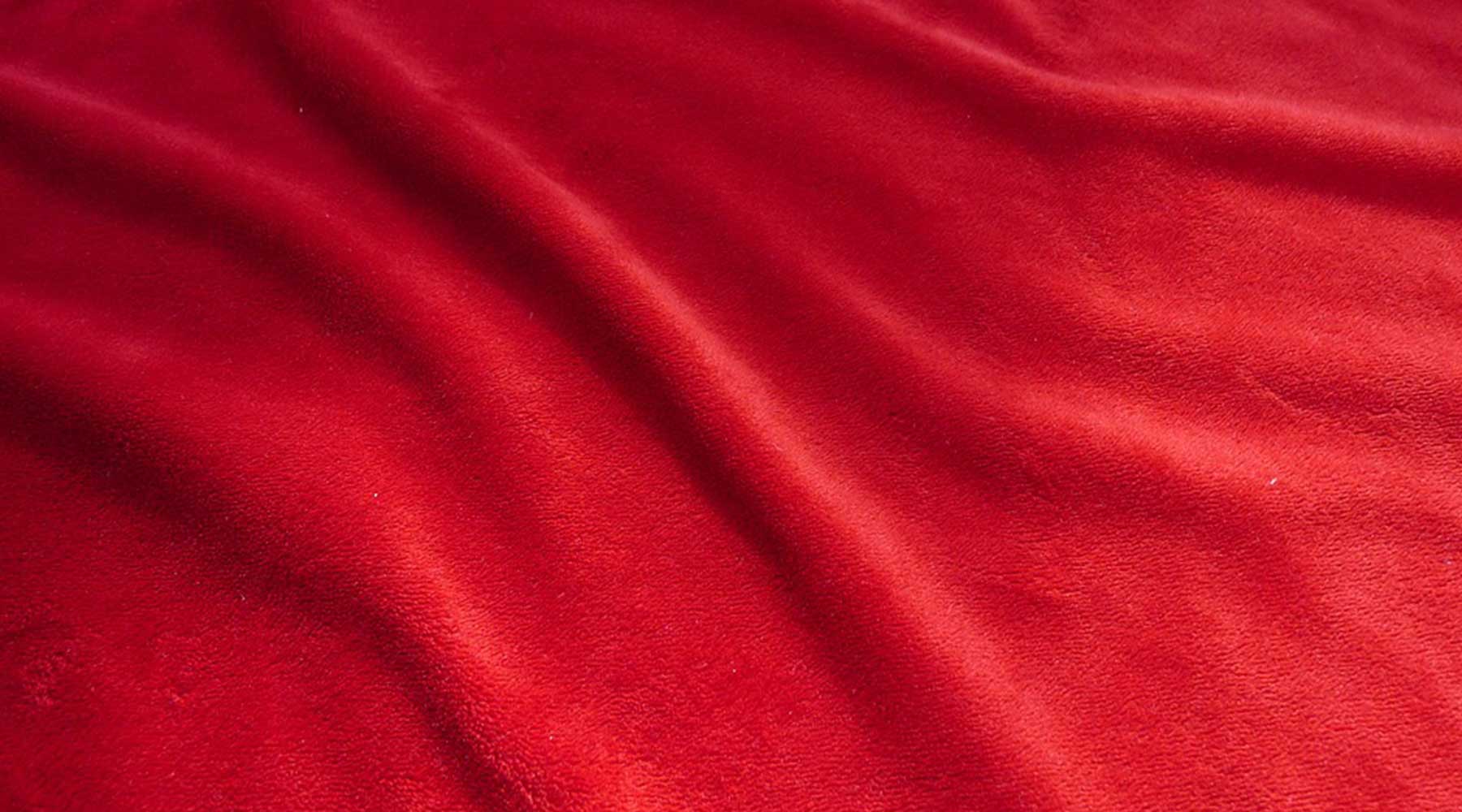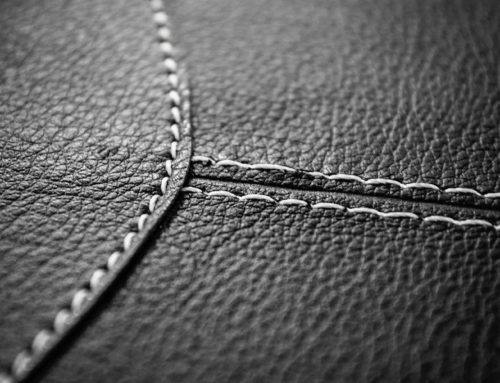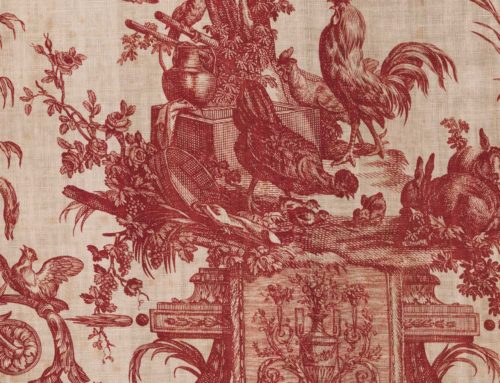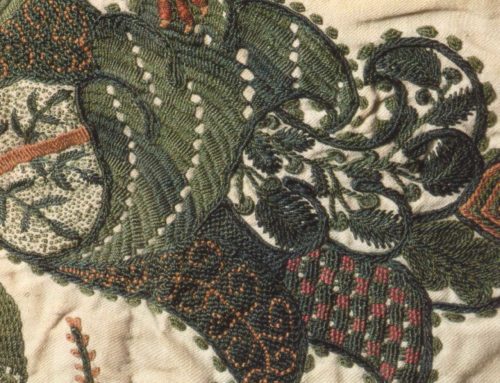We continue our series of blogposts covering the fabrics used in upholstery. Blogpost 10 is the last in the series with us covering the use of Moire, Moquette, Repp and Velvet fabrics below:
 Moire:
Moire:
Moire is a treatment in which a fabric is given a pattern that has a “watered” look. Silk that is manufactured with a moire pattern is often called ‘watered silk’ as a result. It provides a mixed gloss and matt effect. Traditional moire fabric made of silk is created by a method known as ‘Calendering’, where the fabric is run through ribbed rollers to create the watermark effect. However, contact with water/liquids can remove the watermark effect, and cause staining on the fabric, meaning traditional moire might not be a good choice for upholstered furniture as a result, although it can be used more effectively in curtains and soft furnishings.
Modern reproduction ‘moire effect’ (moire anglaise) fabrics made of cotton, wool, polyester and rayon blends can be produced by varying the tension in the warp and the wept of the weave, so using these imitation-style fabrics, dependent on the composition, might be more suitable for general upholstery than a traditional moire fabric might, since it won’t be as susceptible to staining, although the exact composition of such fabrics should be checked to ensure compliance with fire regulations.
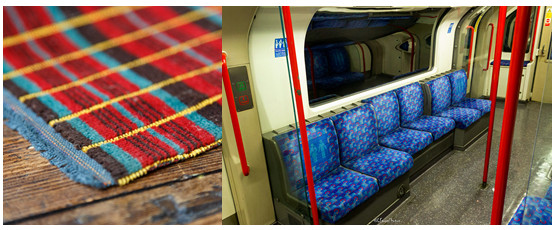 Moquette:
Moquette:
Normally woven on a jacquard loom, Moquette, derived from the French word for carpet, is a type of woven pile fabric in which cut or uncut raised threads form a short dense cut or loop pile. As well as giving it a distinctive velvet-like feel, the pile construction is particularly durable, and ideally suited to applications such as public transport. Its upright fibres form a flexible, non-rigid surface, which are constantly displaced to give durability and anti-stain benefits.
Although at first glance moquette fabric might seem like a good choice for general upholstery, the specialist manufacturers that produce it and the high minimum length order requirements, twinned with its industrial feel and reputation, make it impractical for use in a regular domestic setting, although this may not hinder use in a commercial or high footfall setting, if required. Moquette would not be considered a sensible choice for use in soft furnishings, for many of the same reasons outlined above.
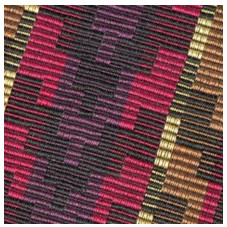 Repp:
Repp:
With a name derived from the Latin name for ‘rib’, Repp is a horizontally-ribbed fabric. It is constructed using a plain weave and has a prominent weft wise rib. The warp yarns are set very close together so the weaving becomes warp dominant and you don’t see the weft much, if at all. It produces a very dense fabric that is also very durable, and you often see this sort of fabric used for neckties, placemats or rugs.
Wool, linen and cotton repp were traditionally used for various upholstery purposes in the mid-19th century, although nowadays it can be manufactured from a variety of other fibres including silk, viscose, synthetic fibres or various blends of all of the above. The composition and weave of widely available repp fabrics means they are more suited to soft furnishings and in particular curtains than general upholstery, although of course for specialist domestic projects repp may be a good option, dependent on the individual piece of furniture to be re-covered.
 Velvet:
Velvet:
Velvet is a closely-woven tufted fabric traditionally made of silk, but due to the expense of doing so, is also made using cotton, viscose, polyester or nylon (and sometimes a blend) that has a thick, short pile on one side, created by evenly-distributed cut threads that provides a distinctive soft-to-the-touch feel.
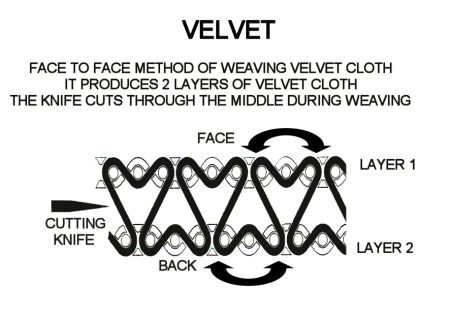 Velvet is woven on a special loom that weaves two thicknesses at the same time. The two pieces are then cut apart to create the pile effect (as in the diagram below). The velvet pile is created by warp yarns. If the pile woven is using weft yarns, this material is instead called ‘velveteen’.
Velvet is woven on a special loom that weaves two thicknesses at the same time. The two pieces are then cut apart to create the pile effect (as in the diagram below). The velvet pile is created by warp yarns. If the pile woven is using weft yarns, this material is instead called ‘velveteen’.
Dense and heavy, velvet is very difficult to wash and so should only be used for general upholstery for adult-only areas (such as bedrooms or living rooms) as a result.


